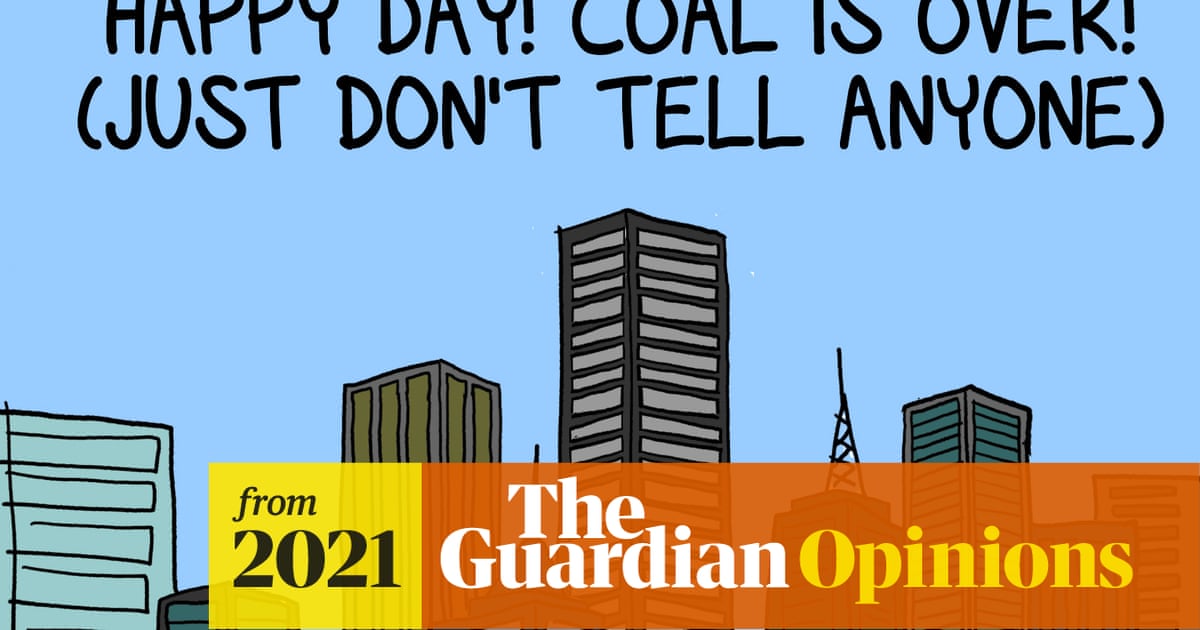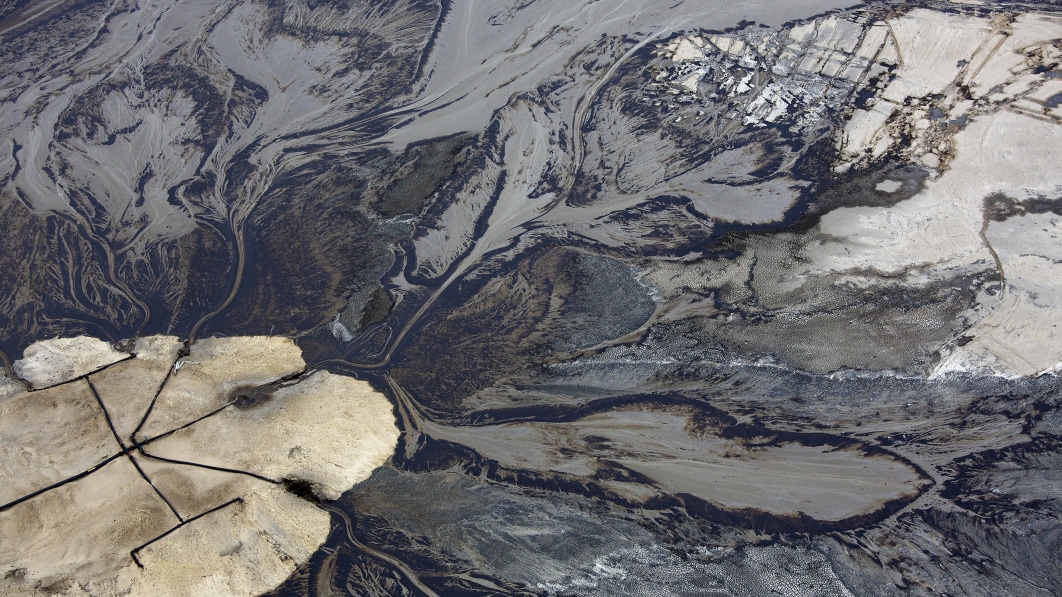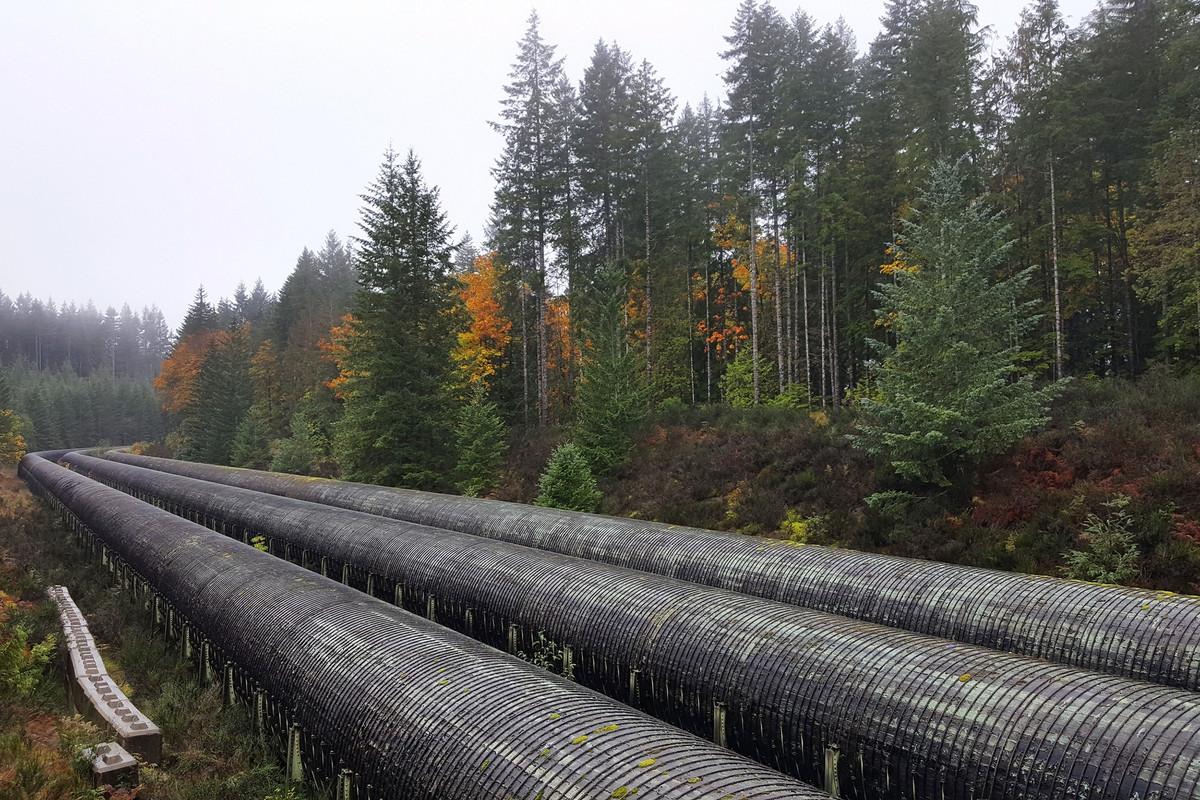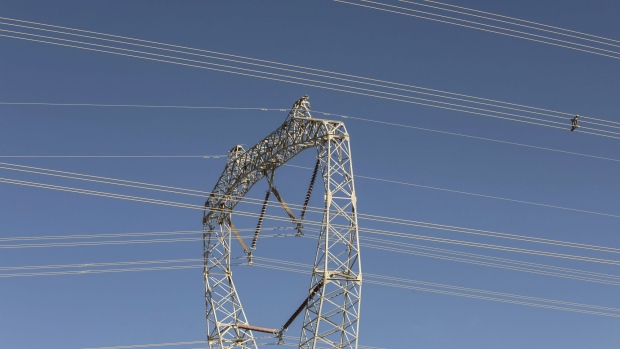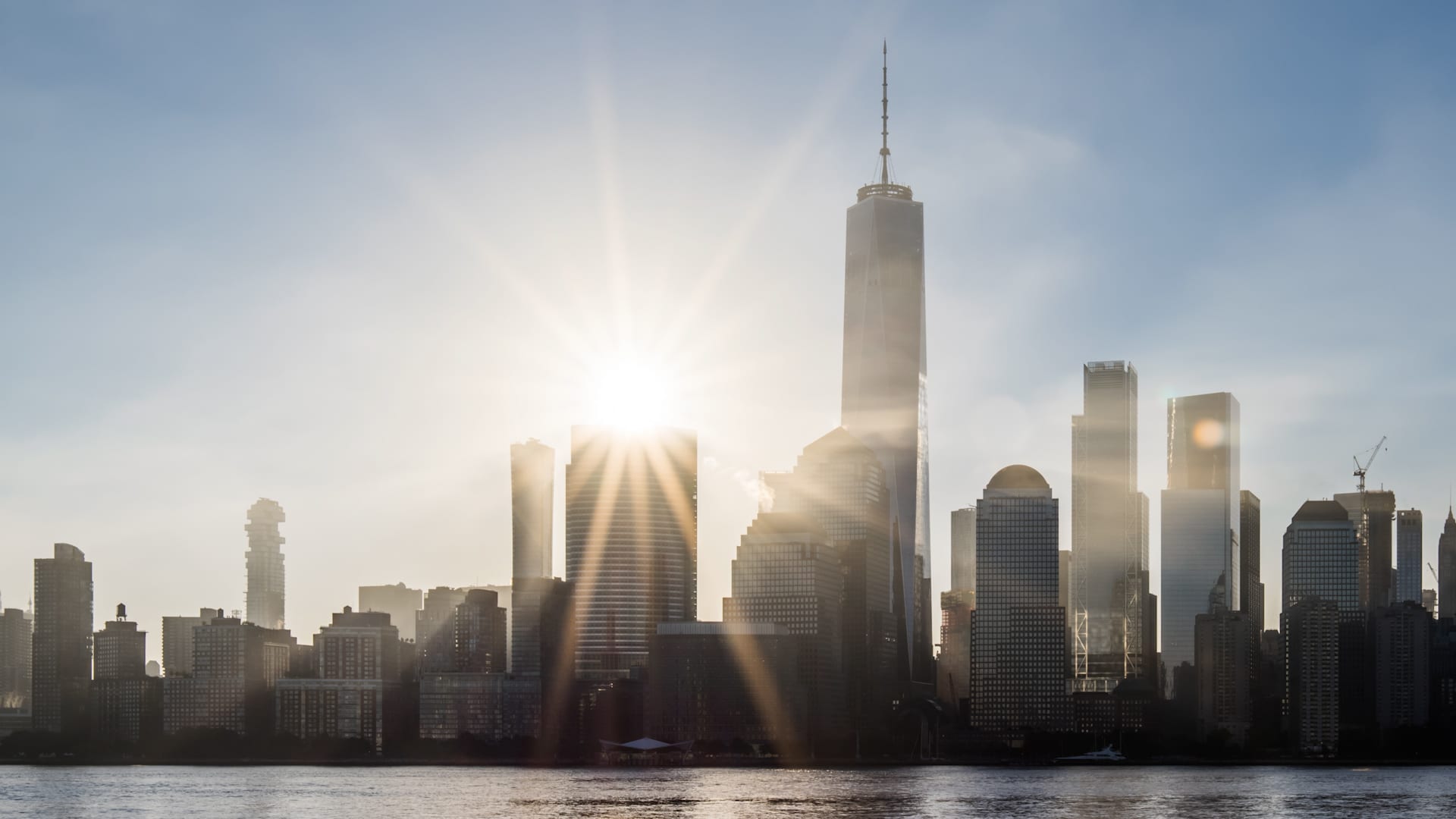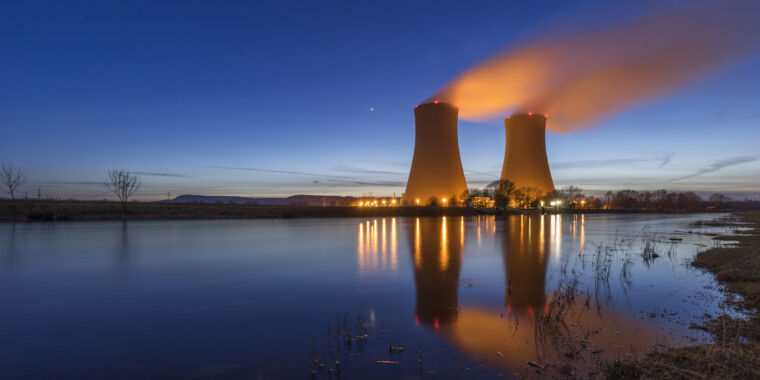To DER or not to DER, that is the question.

 www.utilitydive.com
www.utilitydive.com

California PUC opens 'mother of all proceedings' to prepare the grid for new wave of DERs
Regulators intend to provide a framework that will allow better grid integration for distributed solar, storage and electric vehicles while enabling investments that take those resources into account.



